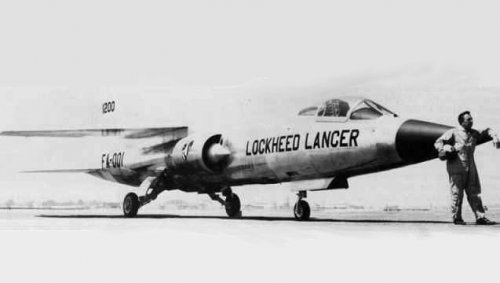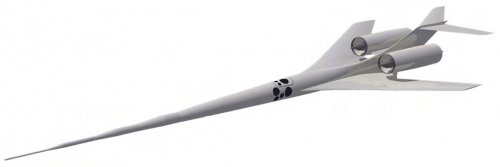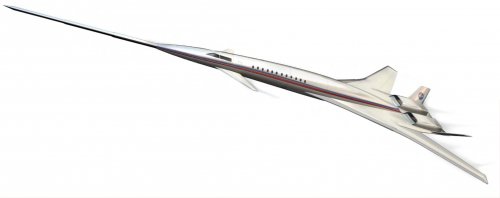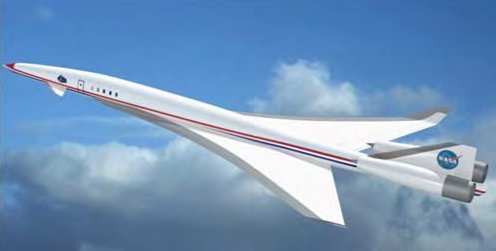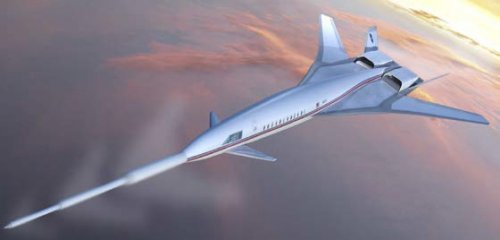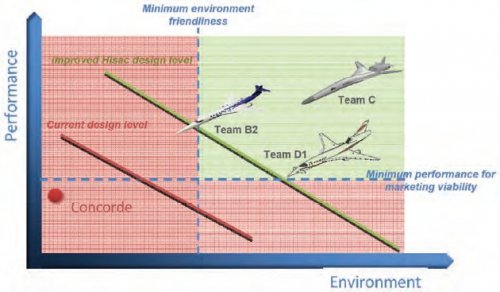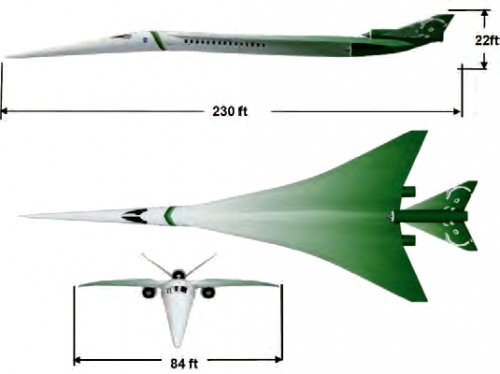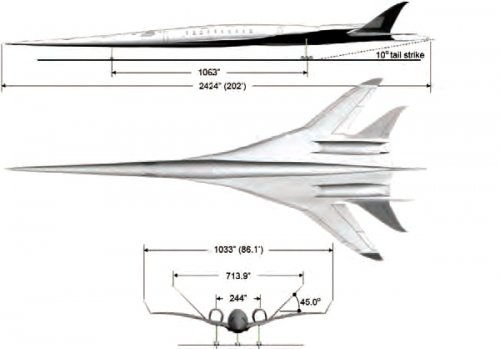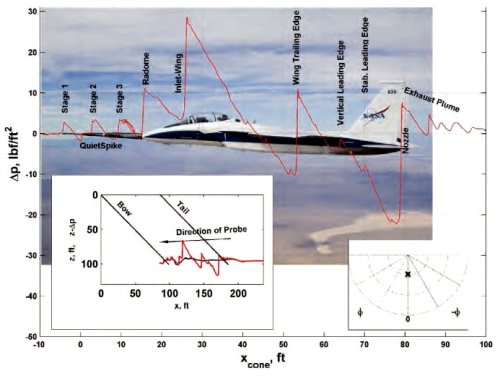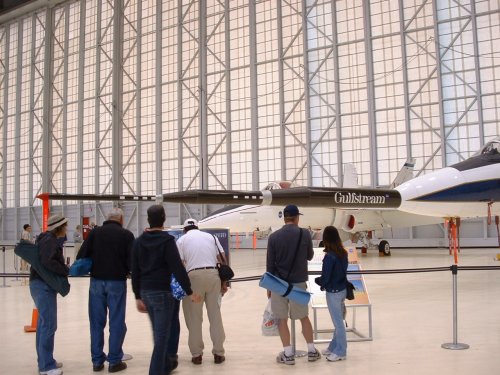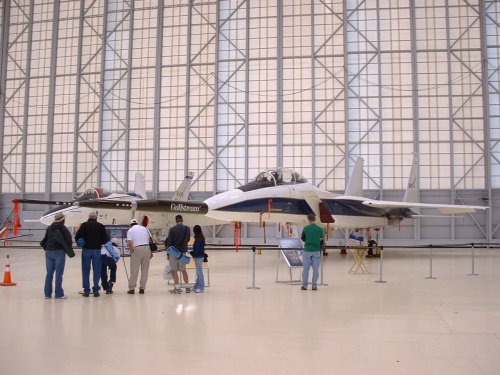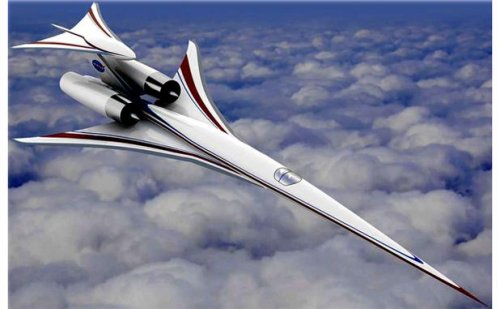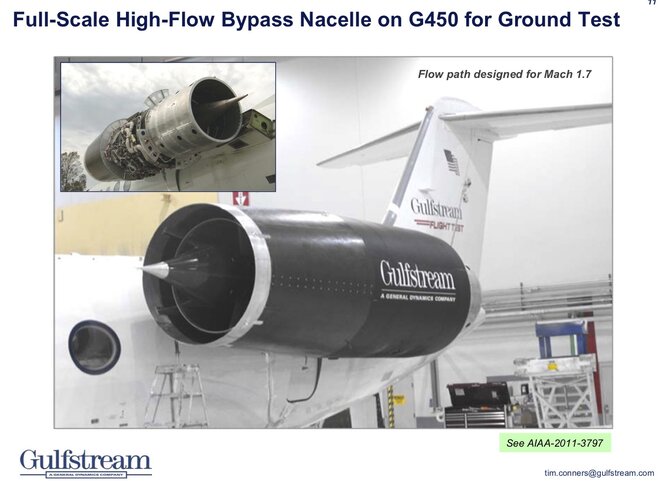While progress is being made, the rear of the aircraft—and particularly the propulsion system—remains the most challenging to shape for low boom. This is because of the highly three-dimensional flowfield and complex interaction between the fuselage, wing, empennage and nacelles. Shocks caused by the inlet flow and exhaust stream have to be controlled while meeting engine operability and accessibility requirements. Gulfstream is coming to grips with the problem as it refines the design of a supersonic business jet and its potential precursor, the still-unfunded X-54 Low Boom Experimental Vehicle. The X-54 would prove that a complete aircraft can be shaped for low sonic boom and be flown to gather the data on public acceptance of shaped booms needed to convince regulators to change the rules barring supersonic flight over land—an essential step for market viability.
Designing a low-boom nacelle is difficult. Engine flow requirements set the inlet and nozzle size; the diameter of the engine and its external accessories determine the nacelle's girth. These set the intake cowl slope and nozzle boat-tail angle, which govern the strength of the forebody compression field and aft-body expansion zone in supersonic flight. These elements can be reduced by stretching the nacelle, but that increases weight and losses.
Working with the Rolls-Royce Tay turbofan for the X-54 demonstrator, Gulfstream hit a problem: The engine's externally mounted accessory gearbox caused a large nacelle bulge that adversely effected sonic boom. Its answer was the high-flow nacelle bypass concept. This encloses the powerplant in an aeroshell with a sharp intake lip and smooth internal flowpath that routes much of the captured air around the engine and gearbox with low losses. Curved channels overcome the problem of the gearbox blocking the flow.
The concept helps in other ways, allowing Gulfstream to design an axisymmetric inlet that minimizes both drag and boom. Inlet spillage, caused when intake supply exceeds engine demand and air overflows the cowl lip, increases supersonic drag and sonic boom. To avoid spillage, the inlet must capture the centerbody tip shock, but with a conventional external-compression inlet, zero spillage is almost impossible to achieve. With the high-flow nacelle, the engine cowl is inside the aeroshell, allowing the outer intake to capture and bypass spillage from the inner inlet.

